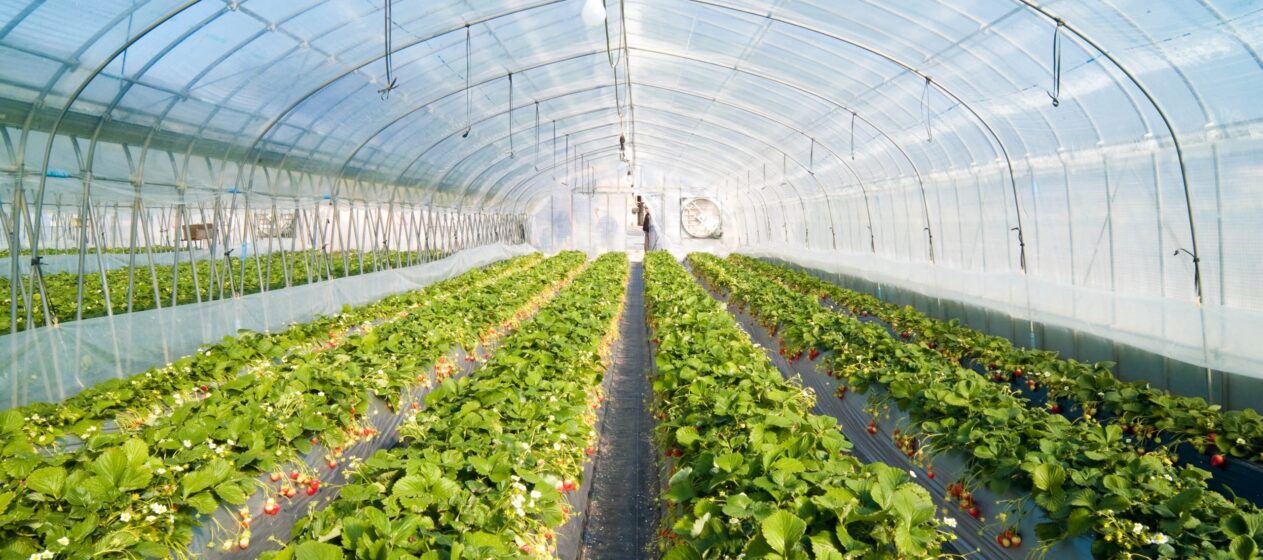In Morocco, the National Institute for Agricultural Research (INRA) is quietly reshaping the future of farming through a long-term strategy focused on crop improvement. Aligned with the country’s “Generation Green 2020-2030” plan, which aims to strengthen food sovereignty and climate resilience, INRA is tailoring its approach to the specific agricultural challenges of each region. By operating a network of experimental platforms across Morocco’s key agro-ecological zones, the institute is refining crop development strategies that match local realities.
One of the most promising hubs of this research is located in the mountainous region of Sefrou, at the Annoceur Experimental Domain. Here, scientists have introduced 54 new varieties of staple crops. Of these, 35 are cereals—including durum wheat, soft wheat, barley, and oats—while 19 belong to the legume family, featuring varieties of fava beans, chickpeas, and lentils. Each variety has undergone rigorous selection to meet local agro-climatic demands, yield expectations, and resistance to both biological and environmental stresses.
Barley, in particular, has become a focal point in Annoceur, given its resilience to cold and adaptability to tough terrains. The institute has successfully developed Morocco’s first naked barley varieties, such as Assiya and Chifaa. These new strains deliver not just high yields and disease resistance but also nutritional benefits—Chifaa, for example, is rich in soluble fiber and beta-glucans, making it a strong candidate for promoting healthier diets.
But INRA’s ambitions stretch beyond yield and nutrition. The focus also includes forage varieties specifically designed for livestock systems in mountainous areas. Khnata and Ksaiba are two such examples—hardy, high-performing types that support sustainable animal husbandry. The broader goal is to foster a form of agriculture that remains productive despite shifting and unpredictable weather patterns.
To bridge the gap between lab and land, INRA is investing heavily in tech transfer. Demonstration platforms allow farmers to witness firsthand how these new varieties perform under conditions that mirror their own. Still, real impact depends on how quickly and widely these innovations can be shared. Rapid dissemination is critical if these improved crops are to truly transform Morocco’s agricultural landscape.
This work, sitting at the intersection of science, local adaptation, and farmer education, reflects a clear national commitment: to make agricultural innovation a cornerstone of food security. It’s a forward-looking approach that places resilience, performance, and regional relevance at the heart of Morocco’s farming future.
